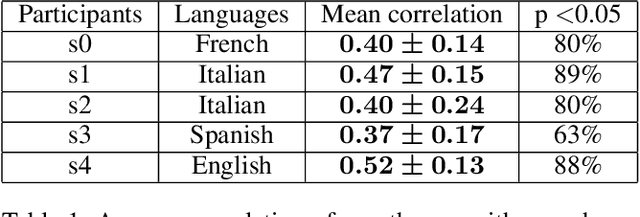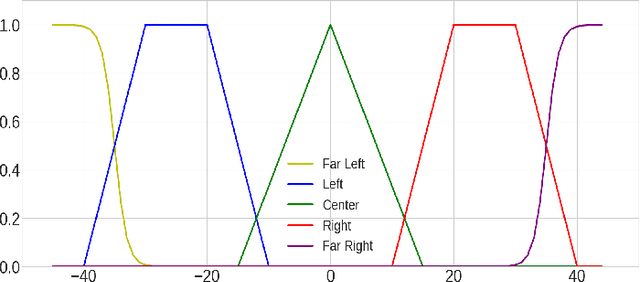Lukas Grasse
On the Role of Noise in AudioVisual Integration: Evidence from Artificial Neural Networks that Exhibit the McGurk Effect
Nov 08, 2024



Abstract:Humans are able to fuse information from both auditory and visual modalities to help with understanding speech. This is frequently demonstrated through an phenomenon known as the McGurk Effect, during which a listener is presented with incongruent auditory and visual speech that fuse together into the percept of an illusory intermediate phoneme. Building on a recent framework that proposes how to address developmental 'why' questions using artificial neural networks, we evaluated a set of recent artificial neural networks trained on audiovisual speech by testing them with audiovisually incongruent words designed to elicit the McGurk effect. We compared networks trained on clean speech to those trained on noisy speech, and discovered that training with noisy speech led to an increase in both visual responses and McGurk responses across all models. Furthermore, we observed that systematically increasing the level of auditory noise during ANN training also increased the amount of audiovisual integration up to a point, but at extreme noise levels, this integration failed to develop. These results suggest that excessive noise exposure during critical periods of audiovisual learning may negatively influence the development of audiovisual speech integration. This work also demonstrates that the McGurk effect reliably emerges untrained from the behaviour of both supervised and unsupervised networks. This supports the notion that artificial neural networks might be useful models for certain aspects of perception and cognition.
Speech-Based Human-Exoskeleton Interaction for Lower Limb Motion Planning
Oct 04, 2023



Abstract:This study presents a speech-based motion planning strategy (SBMP) developed for lower limb exoskeletons to facilitate safe and compliant human-robot interaction. A speech processing system, finite state machine, and central pattern generator are the building blocks of the proposed strategy for online planning of the exoskeleton's trajectory. According to experimental evaluations, this speech-processing system achieved low levels of word and intent errors. Regarding locomotion, the completion time for users with voice commands was 54% faster than that using a mobile app interface. With the proposed SBMP, users are able to maintain their postural stability with both hands-free. This supports its use as an effective motion planning method for the assistance and rehabilitation of individuals with lower-limb impairments.
Self-supervised reinforcement learning for speaker localisation with the iCub humanoid robot
Nov 12, 2020



Abstract:In the future robots will interact more and more with humans and will have to communicate naturally and efficiently. Automatic speech recognition systems (ASR) will play an important role in creating natural interactions and making robots better companions. Humans excel in speech recognition in noisy environments and are able to filter out noise. Looking at a person's face is one of the mechanisms that humans rely on when it comes to filtering speech in such noisy environments. Having a robot that can look toward a speaker could benefit ASR performance in challenging environments. To this aims, we propose a self-supervised reinforcement learning-based framework inspired by the early development of humans to allow the robot to autonomously create a dataset that is later used to learn to localize speakers with a deep learning network.
 Add to Chrome
Add to Chrome Add to Firefox
Add to Firefox Add to Edge
Add to Edge